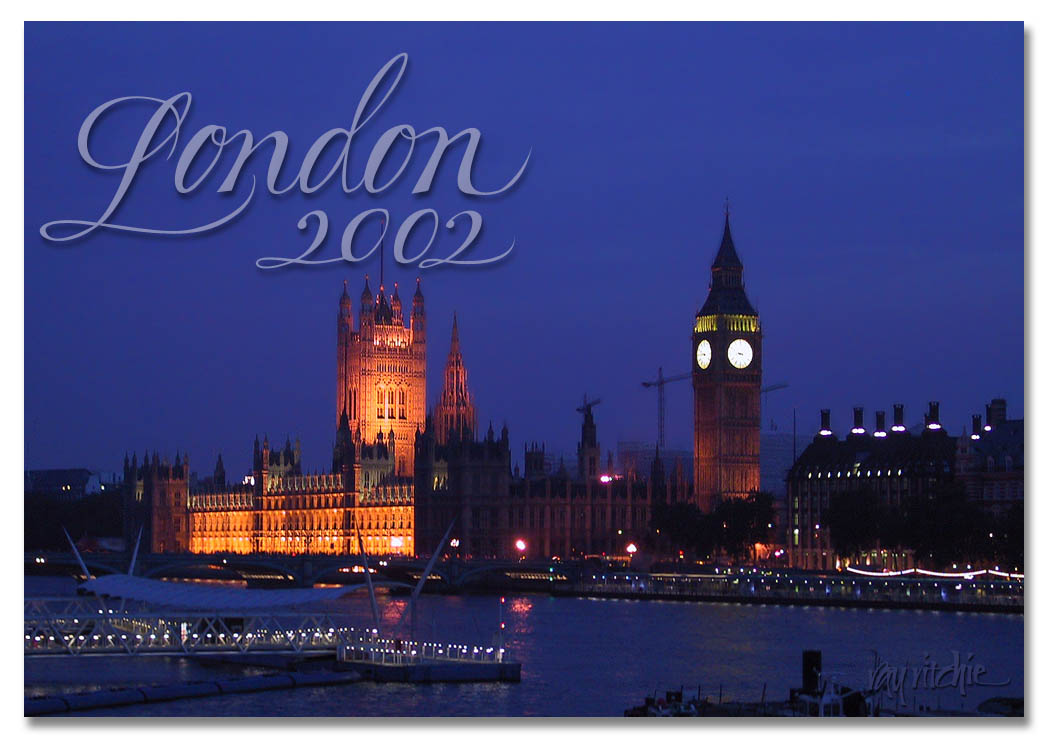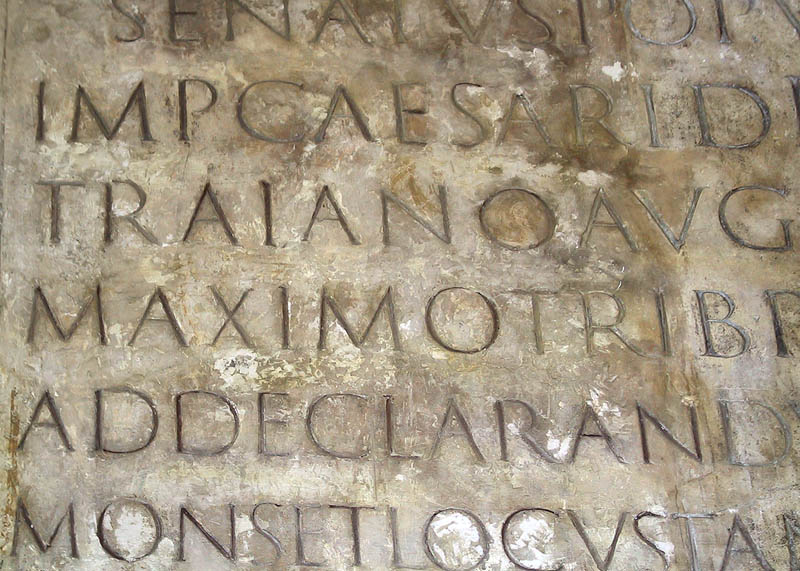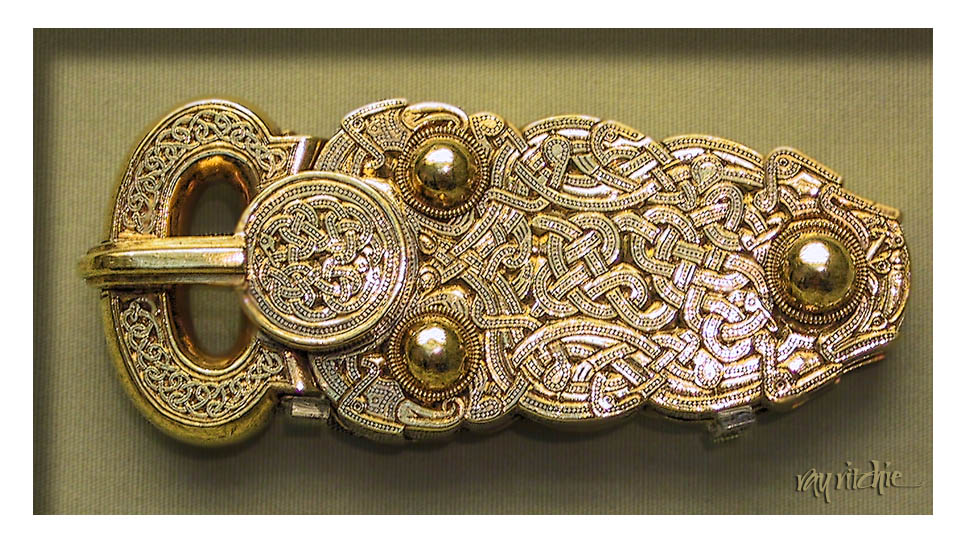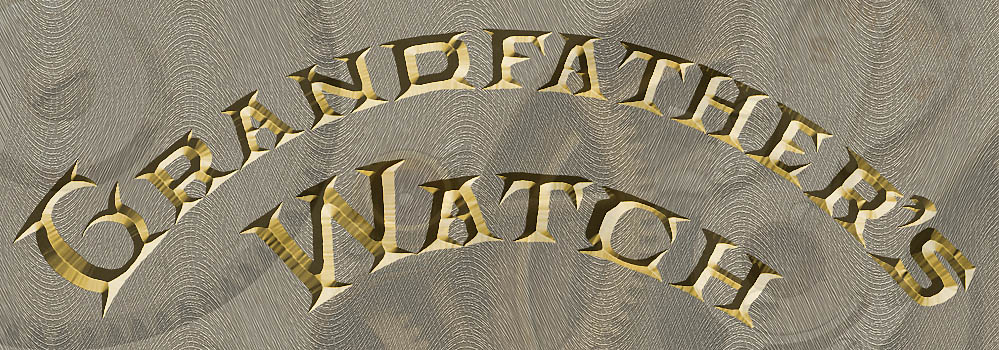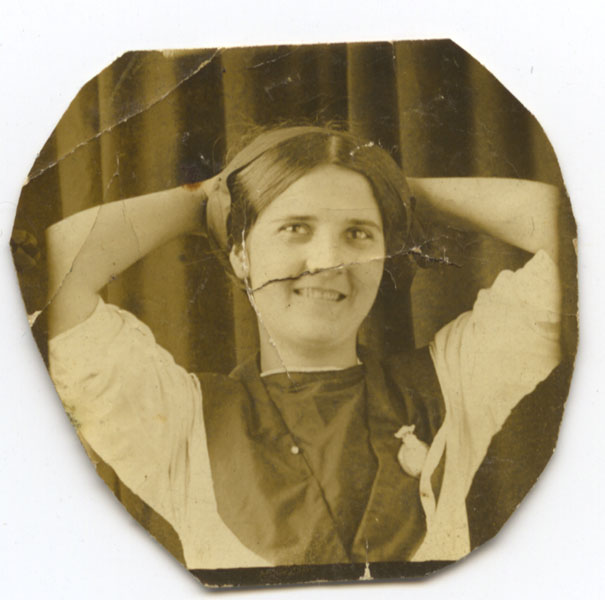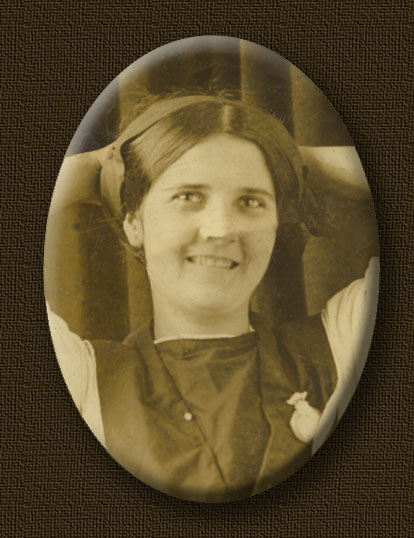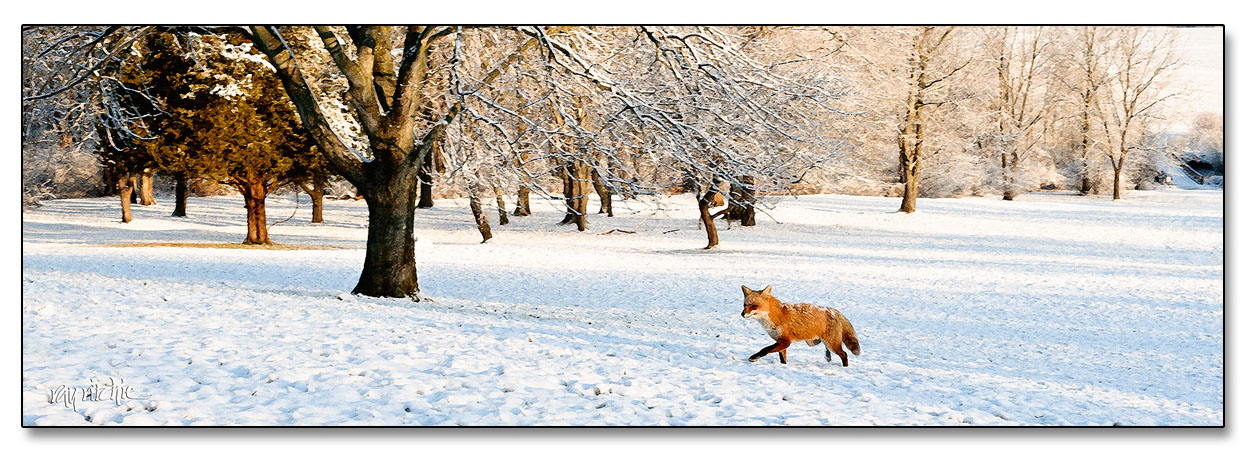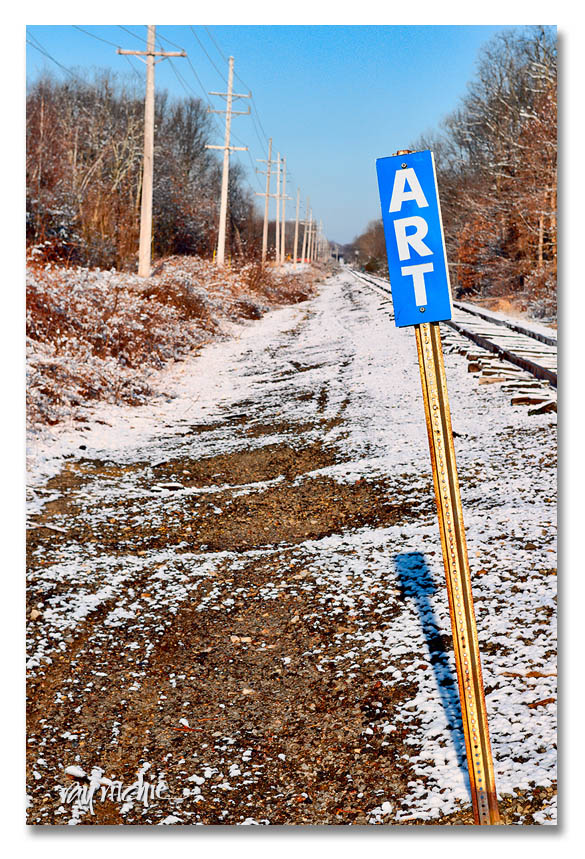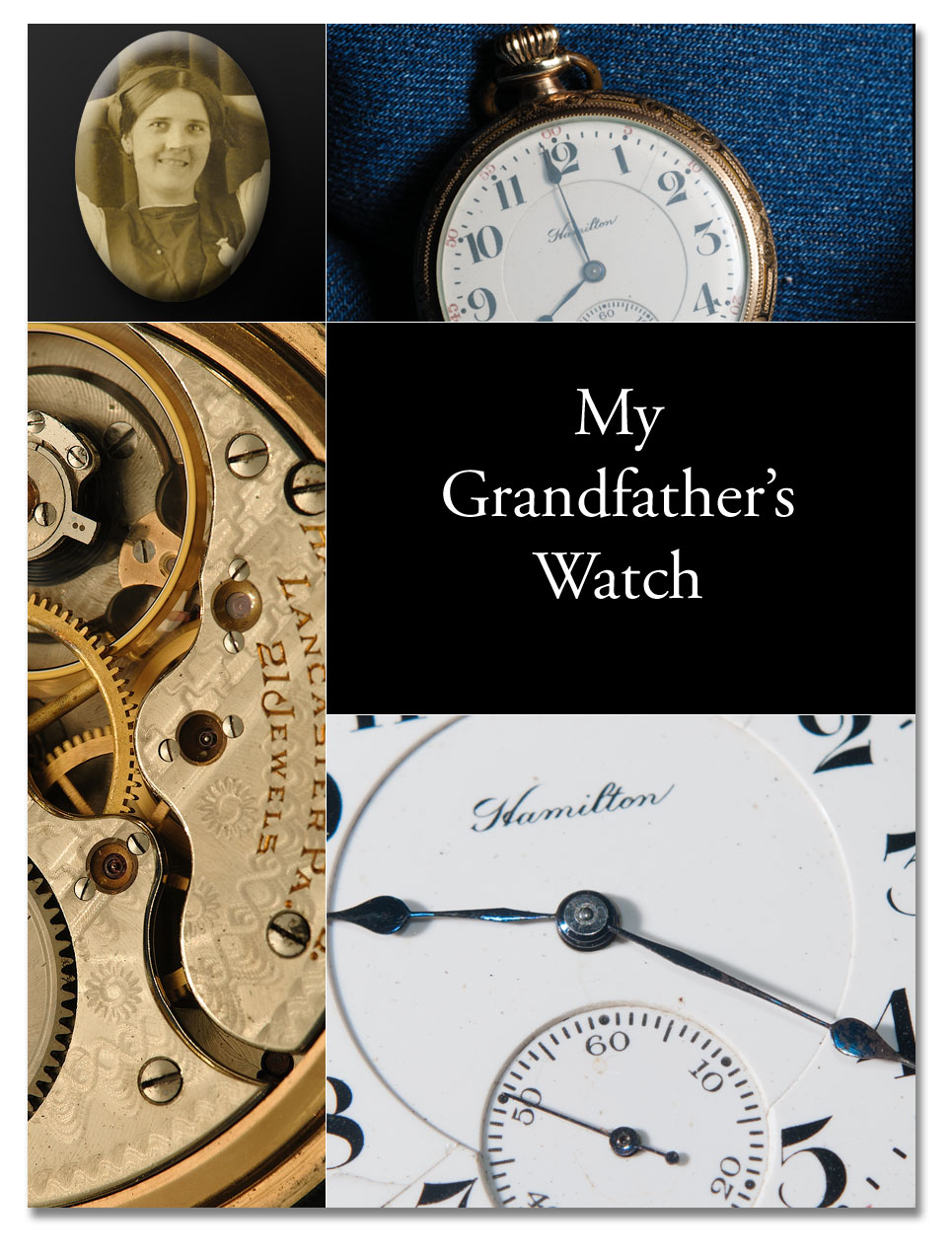Anita had obtained the beautiful rocks on the new header to use as part of last week’s Ash Wednesday service at church, and I thought they were much too nice not to use for something else. Her Valentine’s Day flowers were also dying away, so I decided to use some of their petals on the rocks. The lettering just grew out of doodling “petal” shapes. Anita says she never would have thought I’d use pink in one of my designs – but spring will be here and gone before we know it, and then I’ll think up something new. Yes, I know it’s not officially spring yet. But I’m ready for it.
Monthly Archives: February 2012
10 years of Digital – part 2
This is the second part of my series on my first 10 years in digital photography. The first part can be found here. I plan to make additional posts about once a month for the rest of this year, sharing a few images from each of the past 10 years.
In August of 2002, Anita and I made a trip to London with my parents, who were 79 and 80 years old at the time. My father, who had been physically robust all his life, was now severely impacted by Parkinson’s disease. He had been through a couple of years working with several doctors trying to get his medications properly adjusted, and had experienced periods of being so heavily sedated that he couldn’t stay awake at the dinner table, followed by times when he was having vivid delusions, seeing “bugs” everywhere. So we were thrilled to see that his doctor finally seemed to have gotten the balance of the drugs right, and Dad felt well enough that he agreed to go on this trip. As it turned out, it would be the last extended trip I was ever able to take with both of my parents; Dad underwent heart surgery 5 months later, and suffered a series of terrible complications leading up to his death in 2004.
This was mostly a family trip, without a lot of time dedicated to “serious” photography, but of course I carried the Canon G1 with me everywhere. While I have many photos to remind me of this bittersweet family time, I have only a few images I want to share here. The photo above was taken from the Millenium Bridge, a footbridge built across the Thames just down river from the Parliament building and St. Paul’s cathedral on one side and the Tate Modern museum and the London Eye (or, Millenium Wheel, as I think it was once called) on the other. I didn’t have a tripod, so I just pressed the camera against the railing of the bridge to make the shot. Unfortunately, that particular bridge has quite a bit of vibration – in fact, it came to be known as the Wobbly Bridge, and was closed for almost two years after its opening in 2000, as engineers modified the design to eliminate the worst of the shaking and swaying – so the shot is a little more fuzzy than I might have liked. But it’s my only decent night shot of London, and for me, at least, it’s an iconic memory, reminding me not only of the familiar landmarks of the London skyline, but also the nightfall of my father’s life.
We covered a lot of ground during this trip, and as a lettering and design buff, I found details everywhere that interested me. At the Tower of London, where we lost Dad for a frightening 30 minutes, I found a statue of Trajan, who was emperor of Rome during the time the Romans built their stone walls around Londinium. Trajan is known to calligraphers because of his famous column in Rome, commemorating his victories in the Dacian Wars. The base of the column is inscribed in letters that are still considered some of the finest examples of the ideal proportions of Roman capitals. I’ve never been to Rome to see the original column, but I was able to see a full-size plaster copy of all 35 meters of it in London in the Plaster Courts of the Victoria and Albert Museum. Here’s a close-up of the base inscription from that plaster copy:
At the British Museum, I saw the Rosetta Stone, and was also taken by many fine examples of Celtic art, which has fascinated me since I first learned uncial lettering 30 or more years ago. I thought this decorative buckle was a particularly beautiful example of classic knotwork:
We went all over London via the Underground, and every time we entered or emerged from a station, I saw something like this:
Most Londoners probably take those signs for granted, but the letters are actually historically unique. Although today’s signage is in Gill Sans Serif, it retains much of the look of the original typeface designed by Edward Johnston, who also designed the “bullseye” logo. Johnston is widely considered to be the father of modern calligraphy, in that his study and analysis of medieval manuscripts at the British Library led to a revival of interest in the art of hand lettering in the early 20th century. He taught at the Central School of Arts and Crafts and the Royal College of Art, and influenced a whole generation of lettering artists whose artistic descendants dominate the field of calligraphy even today. The original printing blocks for Johnston’s Underground type designs are on display in the London Transport Museum.
This trip was the last time I used my Canon G1 extensively. It continued to impress me with the quality of its images in good light as well as for close-up work, and it was not only my introduction to digital photography, but it was also responsible for reviving my interest in photography in general. Even today, its images hold up pretty well for web purposes. It left me wishing for more, though, and in December of 2002, I bought a Nikon D100 digital SLR as a gift to myself on my retirement from my engineering career. That camera was my main tool for the next five years, and I’ll have a lot more to say about it in the next few posts in this series.
Hamilton Watch Font
One of the hazards of being interested in lettering is that you sometimes find yourself looking more at form than content. We recently went to see the movie The Descendants, and during the opening credits I found myself looking at the form of the lettering and the backgrounds, and asking myself “How would I do that?” I have no idea what the credits actually said.
Similarly, when I was doing my recent post about my grandfather’s watch, I kept looking at the engraved lettering on the works of the watch and wondering “What does that alphabet look like?” and “What can it be used for?” You can see part of the lettering in the photo montage in the previous post – the full text on the case reads “Hamilton Watch Co., Lancaster PA., 21 Jewels.” Just for grins, I made a sketch of the letters one evening a week or two ago, and then started to imagine what some of the missing letters of the alphabet might look like. Here’s a quickie Photoshop composition based on one of my sketches:
I started out by just sketching the letters above as black outlines. After scanning them into Photoshop, I filled them in with a solid color, and then touched up the edges to remove some of my pen bobbles and other irregularities. I then added the beveled debossed effect as a Layer Style, and generated a wavy background pattern to echo the fancy decorative milling on the actual watch works (again, you can see the authentic decorative milling patterns in my original post). Finally, just to add a little more interest and texture, I layered in one of my closeup photos of the actual watch.
As with many of the things I show on this blog, I don’t have any immediate application for this lettering, but I think the font could be useful someday as a titling font when I want something that suggests antiques. I’d have to clean it up, of course, but that is pretty straightforward to do (though tedious) using the vector drawing capabilities of either Photoshop or Adobe Illustrator. Here’s an example of what the letters look like when I start to clean up my sketches a little:
If I were really going to develop the full font, I’d need to look carefully at all the letter proportions relative to each other – that “D” looks a little wide to me right now compared to the “R,” for example – and I’d have to figure out the full set of decorative caps, as well as the lower case letters; but I may do it, if I find the right project that calls for an old-fashioned feel to the text. Can you think of any applications for these letters? I’d love to hear from you.
Before and after: photo restoration
In my earlier post about my grandfather’s watch, I promised to make a future post showing the “before and after” of my photo restoration work on Grandma Bourne’s picture. My purpose here is not to give a detailed “how to,” but simply to give an illustration of what’s possible these days, as this photo was one of the most badly damaged pieces that I’ve ever worked on. Here’s what the photo looked like when it fell out of the watch:
As you can see, Grandma suffered a lot from 90 or so years in the back of Granddaddy’s watch. That photograph has just about all the impairments you’re likely to encounter in restoring old photos: foxing (the brown stains), scratches, bends, wrinkles, and rips. But as I discussed earlier, it was a unique photo, in that it showed my grandmother as young, smiling, and playful – a totally different view than any of the other family photographs I’d ever seen. Grandma worked for the Post Office in Washington, D. C. for a couple of years around the WWI timeframe, and I’m guessing this photograph was probably done during that period.
Photoshop CS5, which I am currently using, has several tools which help in this kind of work. The Healing Brush can be used to paint across blemishes – it looks at surrounding areas of the photo and replaces the painted-over area with a sort of average of the surrounding area. The Clone Stamp can be used to copy a texture from any arbitrary location; you can then “paint” with that copied area onto any other area; areas larger than the copied area will be painted with a repeating pattern. Both the Healing Brush and the Clone Stamp have been around for a long time, and have appeared in many past versions of Photoshop. New in CS5, though, is a tool called “Content Aware Fill.” WIth this tool, you can select an area of the image, hit “Delete,” and then choose from several options as to how to fill in the deleted area. One of these is “Content Aware,” which looks at the surrounding area and tries to make a good guess as to what the area being deleted should contain if it’s to look consistent with the rest of the image.
The Healing Brush is particularly effective on small blemishes surrounded by relatively smooth, undamaged areas – for example, it’s great at replacing a small scratch on the background curtain, or a pimple on an otherwise beautiful face. The Clone Stamp is good for working with areas that have some kind of texture, provided the area to be replaced isn’t too large (the pattern repetition of the Clone Stamp gets to be noticeable once the painted-over area becomes a lot larger than the original sampled area). Content Aware Fill can be almost magical, but particularly when working with portraits, it also has its hazards – you can easily end up giving a person a third eye or an extra nostril, or hair in the middle of their cheeks, if you’re not careful.
The key in doing this restoration work is just to work patiently, trying the various tools to see which works for each blemish, and using the History palette when necessary to back up to the previous state when something unexpected and unacceptable happens. Careful adjustment of the brush size (for the first two tools) and the selected area can make a huge difference in the result.
I used all three tools in working on this particular image. Because the edges of the photo were irregular, and partially cut off her arms anyway, I decided to crop the final restored image into an oval shape. After giving it a Bevel and Emboss effect to simulate a cameo, and a drop shadow to emphasize the 3-D effect, and a textured background, it came out like this:
You can still see things wrong that I could work on further if I chose to, such as changes to the tone of the skin of the face and neck, due to folds and wrinkles in the original that made the light from my scanner hit different areas from a different angle. But I usually stop on restoring old photos before everything has been smoothed away – I want the image to still look old. I’m happy with this result.
It’s still only a small image: the original was only a little bigger than an inch across, and this final version came out to something I could probably print at about twice the original size. My experience in scanning old prints tells me that it’s seldom worthwhile to try to print a copy bigger than 1-2 times the size of the original. But it’s a new addition to the family archives, and from my point of view, it was definitely worth the effort.
You never know what you’ll get
I really didn’t have Forrest Gump in mind when I wrote that title line. We had a light dusting of snow last night, and since there has been so little snow this winter, I decided I needed to make an early morning photo trek at Monmouth Battlefield State Park. I had my tripod set up on the hillside, overlooking the battlefield and the apple orchards, and was staring intently through my viewfinder framing the scene, when suddenly a red fox appeared, walking through my shot. Foxes aren’t really rare in our area, but I’ve probably only seen them four or five times in the last 30 years here, so this was pretty exciting for me. Unfortunately, I had the camera set up for a landscape shot, rather than wildlife, and I only managed to get off two shots before he saw me and ran away. Great light, but not a very sharp image due to the slow shutter speed, so I decided to make it more useable by giving it a drybrush painting effect. Click the image for a larger view.
Here’s another shot from the same trip:
You know it’s art, because the sign says so.
Timeless mementos
I recently inherited a pocketwatch. It’s a Hamilton Model 992 “railroad” watch, so-called because this model became one of the standard accessories of the railroad conductor in the US at the turn of the 20th century. This watch had been sitting on the dresser in my parents’ bedroom, mounted on a brass stand, for a number of years. I assumed the stand was something my mother had found for my dad, and that this was probably his father’s watch. When I first brought it home and wound it, it seemed to run fine, but I had no idea about how to set it, or even open the case. After a bit of web research, I learned that the case was a screw-on style, and that the watch could be set by opening the “crystal” (which is really a form of plastic) and pulling out a setting lever, which would then allow the hands to be set with the stem. I also saw photos on the web that showed that the watch serial number would appear on the works, beneath the back case. When I unscrewed the back, I was surprised by a tattered piece of paper falling to the floor. Picking it up and turning it over, I found a photograph, not of my father’s mother, but my mother’s mother. So now it appears this watch was owned by my Granddad Bourne, not Granddad Ritchie.
All the photos I had ever seen of Grandma Bourne in her young days were serious, unsmiling portraits, usually in a family group. This one, in contrast, is almost a glamor shot, with Grandma posed pulling up her hair behind her head, smiling – my guess is that it may have been a special memento she had made especially for Granddaddy, perhaps some time around World War I, when he was stationed at Camp Zachary Taylor, in Louisville, Kentucky. The camp was opened in 1917, and closed in 1920. Other than my grandfather, one luminary of note stationed there was F. Scott Fitzgerald.
From the serial number inside the case, I learned (from tables of serial numbers on several watch collector websites) that this watch was manufactured in Lancaster, Pennsylvania around 1905. Since Granddaddy would have been only 12 years old that year, it seems likely that the watch may have originally belonged to someone else – maybe his father.
The photo of Grandma in the montage above has been heavily retouched – the original had many cracks, scratches, and stains. I’ll try to do another post showing the “before” and “after” of that restoration. I don’t think the watch is especially valuable, but it’s at least a nice curiosity, since it works and was one of the earliest copies of this model. The 992 was apparently introduced in 1903, and I believe only about 8000 had been made by 1905; however, several hundred thousand copies were eventually manufactured, so it’s not a rare specimen. This particular watch has cracks in the porcelain face, which reduces its value to collectors. Still, to me it carries timeless, invaluable memories. It is now sitting on my dresser, keeping time to within about 30 seconds a day, and I think of my grandparents each day as I wind it.

